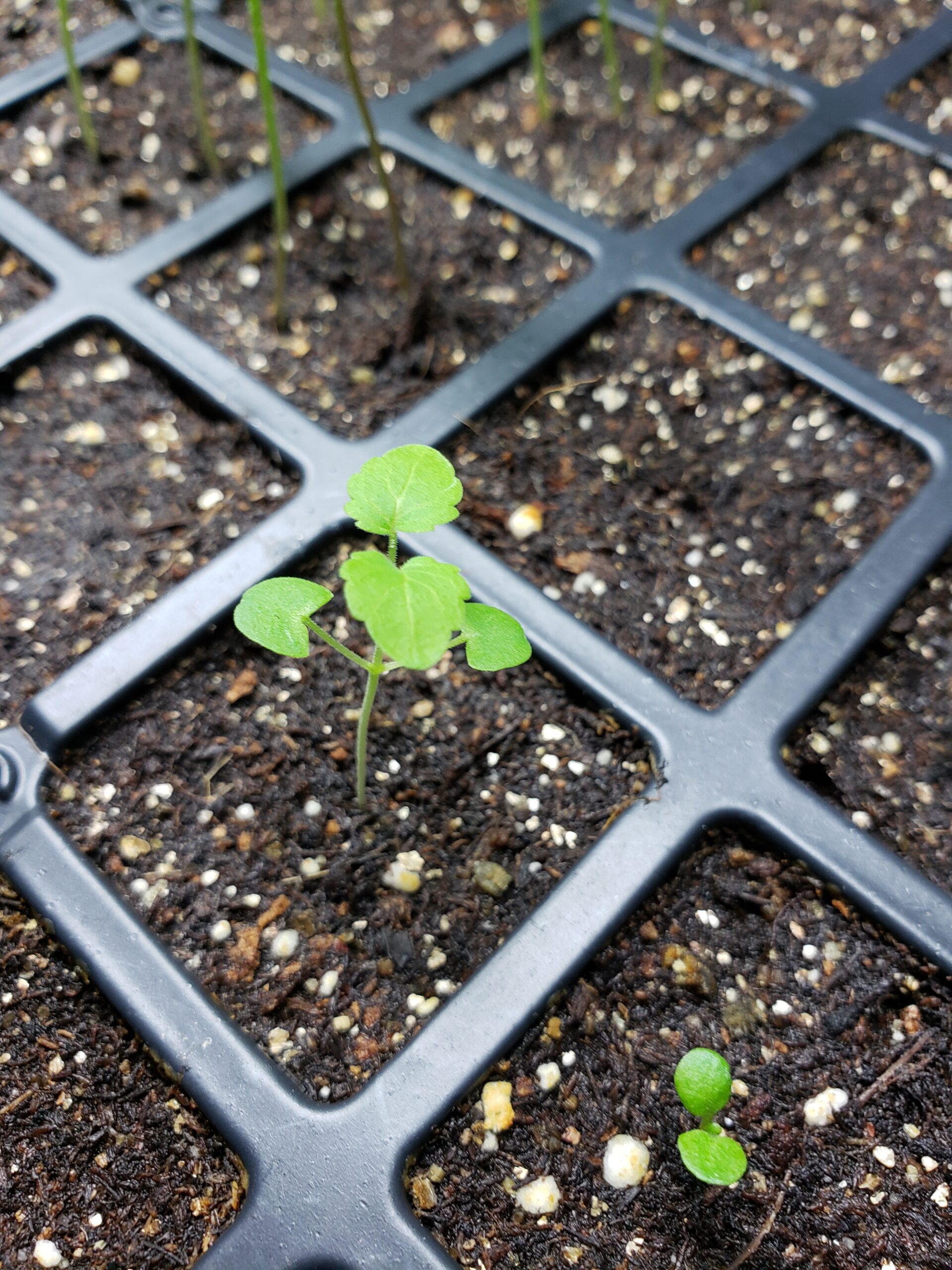
Starting vegetable and flower seeds indoors is easy if these steps are followed.
The first step is seed selection. Make sure they are high-quality (purchased from a reputable seed dealer) and free from weed seeds. Hybrid seeds generally cost more than non-hybrid cultivars but may have increased vigor, better uniformity, larger yields, resistance to some diseases and other desirable qualities. If seeds from previous years are used, the germination percentage decreases. How much depends on how they were stored. If stored in a cool, dry location, many seeds will germinate to acceptable percentages for a couple years.
Sow seeds in any container, as long as it has proper drainage and does not contain toxic substances. Previously used containers need to be cleaned thoroughly with a disinfectant or soapy water. Use seed-starting kits or fill plastic, clay or peat containers with growing media. Desirable media is loose, fine in texture and drains well. Purchase commercial container/starter mixes or buy materials and mix yourself.
Sow seeds according to package directions; some may need to be covered with a thin layer of soil. The use of plastic over the top of the planting container retains moisture and humidity needed for germination. Keep seeds out of direct sunlight until they germinate. Days to germination varies with plant species. Time seeding of warm-season transplants to synchronize with when seedlings can be moved outdoors following last frost.
After seeds emerge, remove plastic cover and place near a bright window or under energy efficient grow lights. Keep the light as low to the seedlings as possible, to prevent stretching. Seedlings in soilless mixes need regular fertilization. Apply a water-soluble fertilizer at half-strength a week after seedlings germinate. Then fertilize every two weeks at full strength.
Transplant seedlings after they develop at least one set of true leaves (the leaves above the cotyledons or “seed leaves”). Transplant into individual pots or thin within the flat. Remove seedlings carefully to preserve as many roots as possible. Seedlings are fragile so avoid picking them up by the stem.
Approximately two weeks before planting outdoors, begin hardening off the fragile seedlings to increase their chance of survival. Place them outdoors where they will receive direct gradual sunlight. Start with a couple of hours of sun, then gradually increase and expose to some wind for a few hours each day for a week. Gradually lengthen the amount of time outside each day. Move the plants inside at night if temperatures drop to near freezing. Keep them watered and once the plants are hardened, transplant into the garden and enjoy the summer’s bounty!
For more information, see the following Planttalk Colorado™ video(s).



